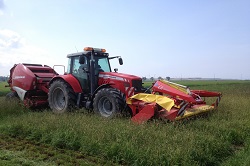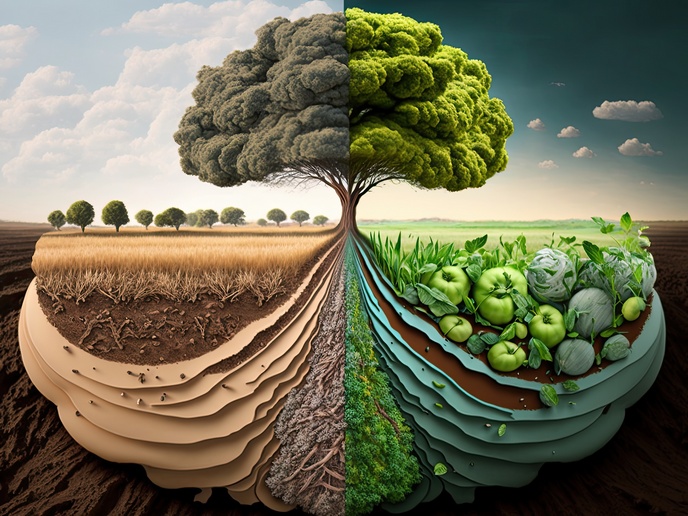Growing grasses on the margins - the route to cost effective biomass crops
Biomass crops that can be used for heat and electricity generation will likely become a larger part of Europe’s future energy mix with increased biomass availability benefiting the growth and development of the entire bio-based sector. But how can we identify and selectively breed the best plant varieties for their production? The GRASSMARGINS(opens in new window) project team have looked at this question for perennial grasses - which already use resources more efficiently than many other plants and naturally grow on marginal land, where it is difficult or unprofitable to grow conventional crops. ‘The purpose of GRASSMARGINS was to evaluate potential traits in advance of lengthy breeding programmes and identify criteria that can be used for selection of grasses,’ says project coordinator Susanne Barth from Teagasc, Ireland’s national Agriculture and Food Development Authority. The 8 country EU collaboration that completed in November 2015 included partners in China and Russia, which allowed for analysis of hardy grass species from across Asia and Europe, including the five grass species Miscanthus, Festuca, Festulolium, Phalaris and Dactylis. Creating a ‘germplasm’ catalogue Studying the grasses on a genetic level allowed the team to identify some of the key regulators for drought and flooding tolerance. ‘We have also made a ‘germplasm’ collection of all our project species - a living genetic resource of seeds. In the case of Miscanthus, next generation sequencing technology then allowed us to group the germplasm into gene pools for selective breeding,’ says Barth. 29 different Miscanthus varieties were selected from the gene pools accessible to GRASSMARGINS partners and successfully propagated in vitro for glasshouse experiments. In addition the project team also generated and tested novel hybrids of Miscanthus as well as four other grass species. Field trials on marginal soils in Ireland, Denmark, Sweden, France, Russia and Poland tested for tolerance to salt, drought, flooding, cold and frost and showed large species variation. John Finnan, bioenergy and cereals researcher in Teagasc recounts, ‘Tall fescue was the most tolerant to salt and reed canary grass the least. For drought tolerance, tall fescue and the Festulolium genus were best; for flooding, Miscanthus and reed canary grass were best adapted and Miscanthus varieties showed potential for cold tolerance.’ Marginal yields In fact, says Finnan, ‘results have shown that grass yields obtained from marginal lands are not always lower than yields from good agricultural land and in certain circumstances, yields from marginal land can be higher.’ This was especially found with Miscanthus yields. ‘Some perennial grass species are driven by water availability and can yield very well on marginal land where water availability if plentiful.’ Finnan explains. The GRASSMARGINS team also discovered that grass yields on marginal land could be stimulated by the addition of nitrogen fertilizer. Fertilizer use can be problematic due to the environmental damage caused by nitrates leaching into drainage water, but they found due to the deep rooting systems and their perennial land coverage, leaching was minimised in grass production compared to annual crops . ‘This result is very significant as restrictions on the use of high nitrogen levels on annual crops could turn land which was previously profitable for crop production into marginal land,’ explains Finnan, ‘our results have shown if its use is changed to the production of perennial grasses, such land can continue to be productive with low levels of nitrate losses.’







